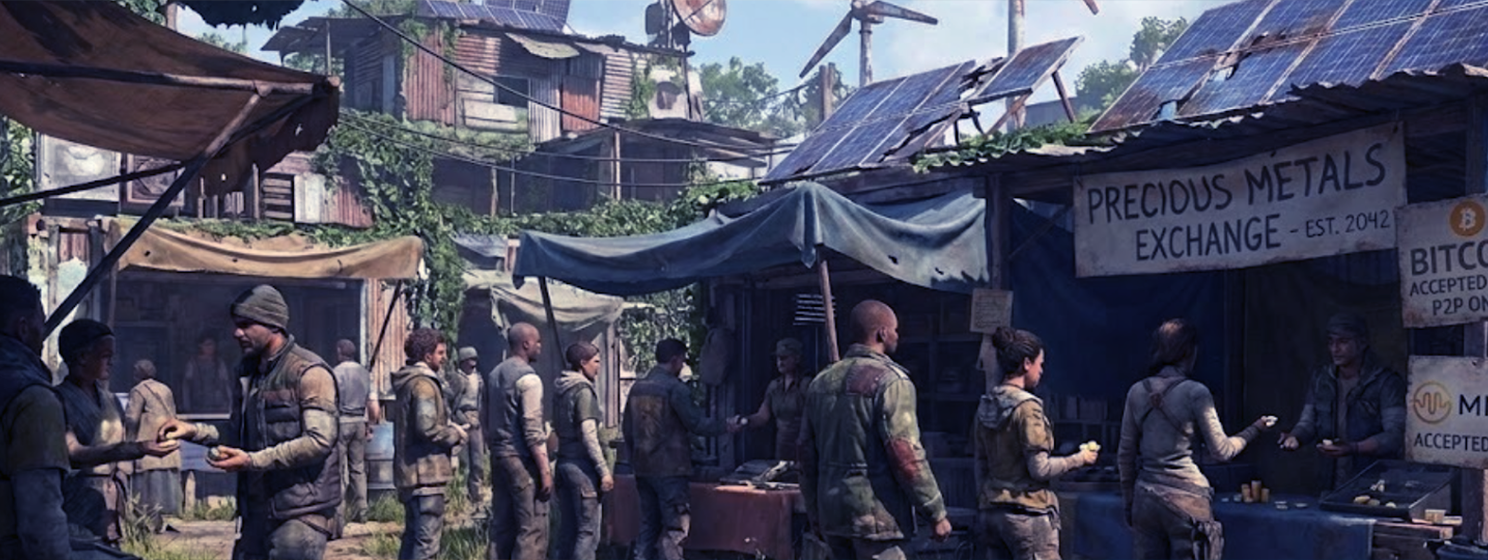|
Getting your Trinity Audio player ready...
|
There is a battle going on between Bitcoin SV and the rest of the crypto sphere. However, the confrontation is not only between one cryptocurrency and other cryptocurrencies from a technological point of view, but it actually reveals structural systems competing.
Historian Niall Ferguson discovered the importance of understanding networks in comparison to hierarchies and their influence on historical events. In his book “The Square and the Tower,” he transfers knowledge from information theory to describe world historical processes. We can profit from Niall Ferguson’s findings to understand the scrimmage between Bitcoin SV and BTC, as well as between Bitcoin SV and the whole crypto cosmos in general.
In an interview with The Hoover Institution, Niall Ferguson explains the structure of hierarchies:
I think it is true that most organizations have a kind of pyramidial structure. (…) There’s an org chart (…) that shows that the CEO or prime minister is at the top and everybody else is in a sense reporting to that person.
Hierarchies are transparent, anyone can easily see who is in charge. BTC together with the other cryptocurrencies are structured hierarchically. In BTC, everyone knows that the Core developer team and Blockstream are at the top of the pyramidal structure. One cannot succeed in BTC by being diversely connected or talented, but only by standing tight at the top of the pyramid.
BTC and most other crypto currencies are not welcoming development from outsiders. They have an antipathy against micro transactions or high quantity of transactions, because a free transaction market would undermine their influence. Guess why they call microtransactions spam? Guess why they do not encourage big blocks? Instead, they want to build second layer technologies which only they can control. Some even propose proof of stake models, which are hierarchical structures, or to be more specific: oligarchies.
According to Niall Ferguson, networks work differently:
There’s not a perfect distinction between networks and hierarchies. To be absolutely clear: a hierarchy is a special kind of network. It’s a kind of network where there are missing edges. The nodes are not all connected. Most nodes can only get to the other nodes through a central node. That’s what a hierarchy really is, where a distributed network is one in which most nodes are connected to most other nodes.
Bitcoin SV is the only network structure within the crypto realm. It is designed to be open to anyone building onto it, without permission or reports to top level agents. This is where the stable protocol of Bitcoin SV shows its importance. The stable protocol is the foundation of the network, whereas in BTC or other cryptocurrencies it is not the protocol that is stable, but the hierarchical structure.
There is not only a stable and open protocol, but a patent portfolio that is promised to be available to anyone building on Bitcoin SV. A pure stronghold for the network. Another example of the network structure in Bitcoin SV is how welcoming the Bitcoin Association is in their videos done by Jimmy Nguyen with the category “The Satoshi Shoutout,“ given to remarkable new developments in the Bitcoin SV sphere, even if those developments have no connection to the Bitcoin Association at all.
This is how Bitcoin SV makes itself recognizable as a network and not as a hierarchy. Networks in general are easily accessible for outsiders and therefore attract new talented players into it, while hierarchies do exactly the opposite: they protect themselves against outsiders and block new talented players. Now we understand why there is a cambrian explosion of serious development in Bitcoin SV and not at all in any other blockchain project. Networks grow, hierarchies solidify.
Niall Ferguson also talks about the tension between hierarchies and networks in history. In “The Square and the Tower,“ he refers to the Reformation and the invention of the printing press around 500 years ago:
Luther was as much of a utopian as pioneers of Silicon Valley in our own time. But the true upshot of the Reformation was not harmony but polarization and conflict.
We have seen this in the rise of Bitcoin SV. When Bitcoin SV came alive, people in the crypto world were and still are offended heavily by the ideas and the growing success of it. Bitcoin SV did not bring harmony in the crypto cosmos, but caused polarization and conflict.
Furthermore, Niall Ferguson describes for The Hoover Institution the findings of the 19th century historian and diplomat Toqueville:
What he was seeing when he traveled in early 19th century America was a network society with a lot of decentralized local decision making, being taken by citizens without references to central government.
This kind of “decentralized local decision making” is witnessed in the Bitcoin SV ecosystem right now. Lots of applications and services are being built independently for and on the Bitcoin SV blockchain, without having to ask anyone or mistrusting whether the protocol might change in the future.
BTC as a movement early on showed signs of hierarchy: censoring approaches on platforms like Reddit, involvement in smearing campaigns against individuals who have different opinions about Bitcoin’s future (two examples of “BTC heretics”: Roger Ver and Craig Wright) and even publicly stated that BTC is not for people that live on $2 a day:

All of the censoring, smearing campaigns and discrimination of the poor who are not to be a part of the system is clear evidence of BTC being a hierarchy. Bitcoin SV on the other hand aims for everyone—the poor, the rich, the developer, the user, no censoring is taking place, no smearing campaigns needed. It is a living network.
Niall Ferguson concludes by stating that in the 21th century, the world is run more and more by networks rather than hierarchies. Hierarchical structures fade, because they are not able to react to new paradigms accordingly. Bitcoin SV is about to win the battle not only for technological reasons, but also because of its network structure.

 12-21-2025
12-21-2025 




